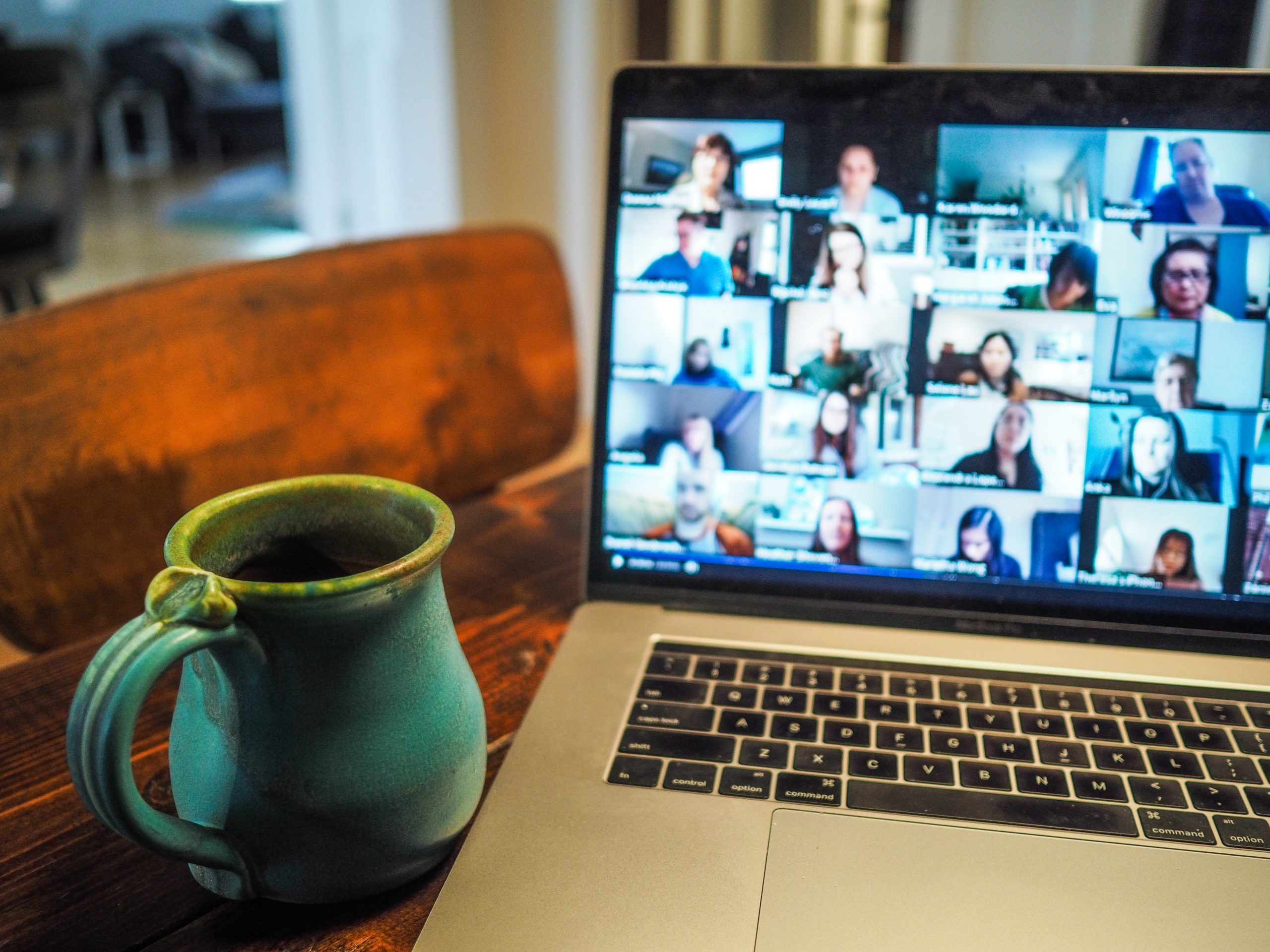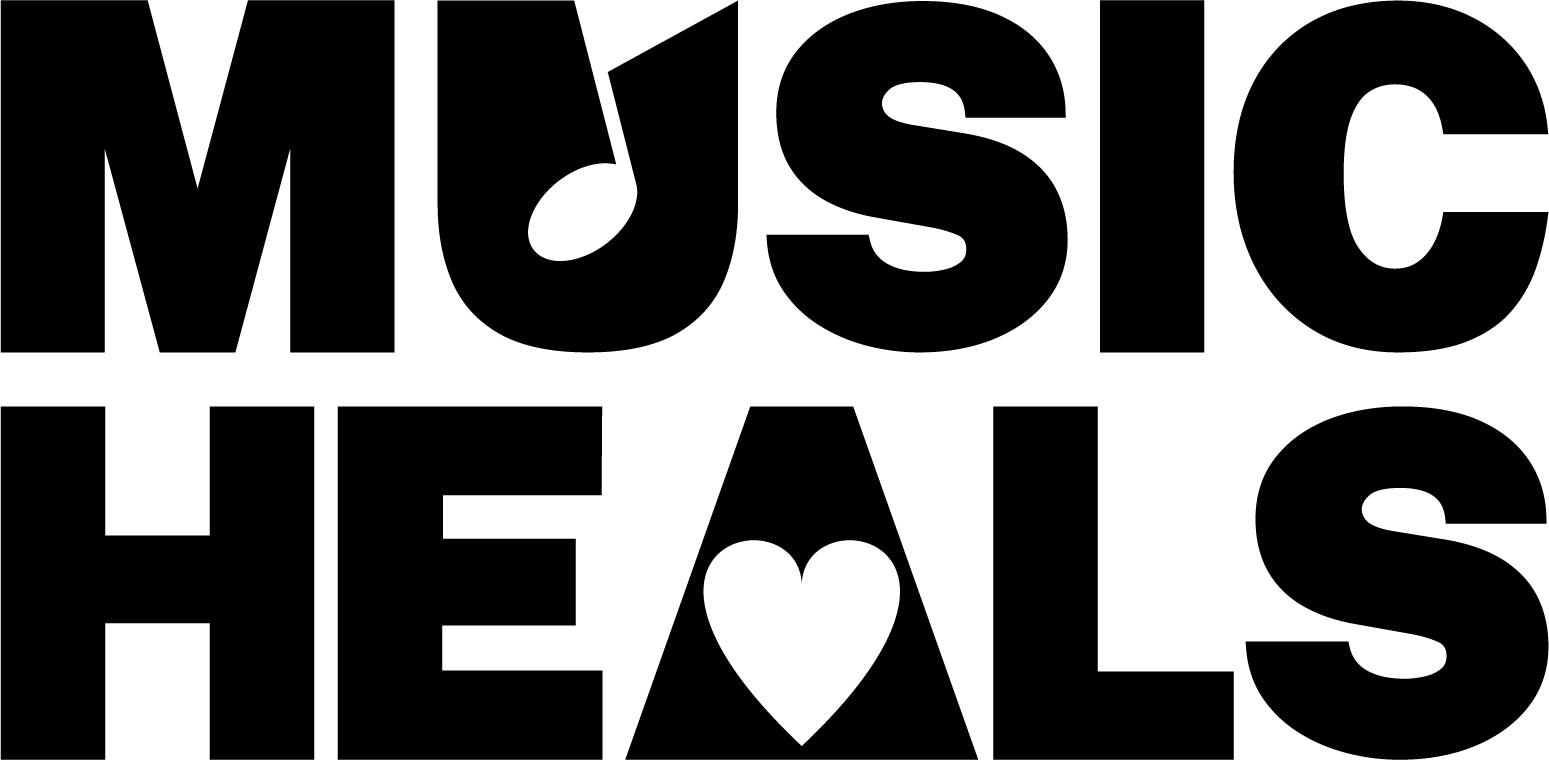How Music Therapy Adapted with Technology during pandemic
May 25, 2021

Technology has come a long way. Even ten years ago, if a pandemic at this magnitude had occurred, we would not have been able to adapt school programs and work environments to work from home. Even though the reality of working from home is way less luxurious than we imagined, and the comfort of wearing pyjamas and sitting on the couch all day wore off quickly, most of us were able to make the most of the hand we were dealt. For music therapists, this new way of conducting music therapy sessions posed their own challenges. However, adapting the program to online sessions instead of holding off indefinitely allowed for those who needed the service to still get the help they needed, and most clients found that it still had just as great of an impact, if not greater.
Even though the delivery of the sessions had to change, having access to the service in the client’s routine was able to provide comfort and reduce anxiety over the long months of quarantine. It was important that the clients still had access to the program, even if they no longer had physical access to instruments or in-person interactions with their music therapists.
“Being able to continue programs means that they can stay connected to their peers, feel seen and heard, and for some people most important is that they can maintain their “normal” routine, even though it’s in a slightly different way,” says music therapist Katherine Graff from Semiahmoo House. Maintaining a sense of community and a routine during a time of isolation was extremely difficult, but the continuation of the music therapy program Graff lead gave the clients a sense of normalcy and comfort that they were so used to.
Due to the accessibility of the music therapy program being fully online, Katherine stated that “we’ve been able to reach MORE participants over online sessions. I think it still provides a chance for them to be seen and heard and participate and be creative.” Participating in the online sessions from the comfort of their own home, more clients felt comfortable taking part in the sessions. For some clients, the sessions also included a music production software, Digital Audio Workstation (DAW), that they were taught to use. And with the screensharing function on Zoom, they could share their music making with their therapist.
Music therapist Luke Lee Burton, from ET Music Therapy at Pacific Family Autism Network, said that he “found that teaching the clients to use Logic or GarageBand on their own computer and screensharing or sending files has been the most easeful way of engaging.” This implementation of music-making software allowed them to stay creative even outside of their music therapy sessions. “The real benefit of this is that in many cases, once clients have become familiar with the DAW on their computer, they start to create music in between sessions to share with me at the next session.”
Music therapy shifts focus to mental health
Music therapy looks different for every client, especially as clients were able to attend their sessions from the comfort of their own homes. Even before the Covid-19 pandemic required them to alter the program to work online, some clients needed more focus on their mental health and that often looked different and did not always start with music right away. Before diving into the music-making process to improve their cognitive and physical functions, they needed to provide a healing space to reduce anxiety or anything else preventing them from fully healing. Luke shared that when sessions were still in-person, creating a safe space for one of his clients was the first step in getting him to open up to using music. However, when the sessions shifted to an online format, with their cameras on, he noted how safe and comfortable his client already felt in his own secluded bedroom, allowing them to skip that step and get straight into music making.
“The focus of his in-person sessions were about creating a safe and calm space to settle his nervous system and to introduce/explore relationships on his terms,” says Luke. “This meant mostly silent sessions, with lights off, and me supporting his requests for body pressure and help making dark, enclosed spaces (forts). With him in his own room at home, on his bunk bed, in his own fort already, with the lights how he wanted them, his desire for music rose greatly and the sessions are filled with improvised music making.”
Even though the shift from in-person to online did not translate as well in other areas of our lives and kept us isolated from much needed personal interactions and halted daily routines, music therapy programs were still able to provide the healing power of music when it was needed the most. With the support from donors, music therapists have been able to keep providing the service to those struggling with mental or physical health, even during the pandemic. By giving them a positive outlet to learn how to cope and deal with their struggles and a community to surround them with support, participants can continue to feel motivated in their journey towards healing.
_______________________________________________________________________________
Written by Natalia Ortiz




